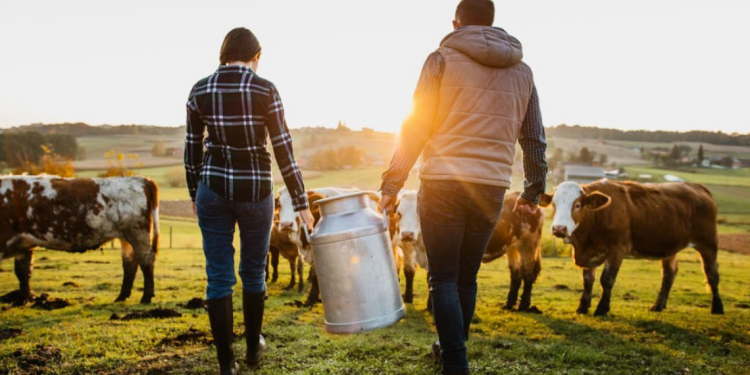When most people think of a tract of land, they picture a wide open area with nothing but fields as far as the eye can see. However, a tract of land can be used for a variety of purposes, including raising crops and livestock. Tracts of land can also be used for hunting and recreational activities. In order to make the most of a tract of land, it is important to understand its potential uses and how to best utilize it.
Introduction: A tract of land used for raising crops or livestock
A tract of land is a defined parcel of land with specific boundaries. Tracts of land can be used for a variety of purposes, including farming and raising livestock. Tracts of land can also be used for residential or commercial development. When evaluating a tract of land for purchase, it is important to consider the purpose for which the tract will be used. A tract of land used for raising crops or livestock will require different considerations than a tract of land used for residential purposes.
Types of farmland:
There are three main types of farmland:
- Arable
- Pasture
- Meadow
There are many different types of farmland, but the three most common are arable, pasture, and meadow. Arable land is used for raising crops, while pasture land is used for grazing livestock. Meadow land is a mix of both, and is used for grazing livestock and growing hay or other crops. The type of farmland you choose depends on what you want to do with it.
Crops grown on farmland: cereals, oilseeds, vegetables, fruits
The term “farmland” is used to describe a tract of land used for raising crops or livestock. The most common crops grown on farmland are cereals, oilseeds, vegetables, and fruits. The type of crop that is grown on a particular piece of farmland depends on the climate, soil type, and other factors.
Farmland is a tract of land used for raising crops or livestock. The most common use of farmland is to produce food for humans and animals. However, farmland can also be used to produce fiber, fuel, and other raw materials. Farmland is an important part of the global food system, and it is essential for the economic security of farmers and rural communities.
Livestock reared on farmland: cattle, sheep, pigs, poultry

Are you curious about the livestock that are raised on farmland? Here is a quick overview of the most common types of livestock that are found on farms. Cattle are raised for their meat and milk. Sheep are raised for their meat, wool, and milk. Pigs are raised for their meat and fat. Poultry are raised for their meat and eggs. All of these types of livestock can be found on small and large farms alike.
The future of farmland: its importance in the global food supply chain
The global food supply chain is under pressure as the world’s population continues to grow. The UN estimates that the world’s population will reach 9.8 billion by 2050, and that food production will need to increase by 70% to meet demand.
Farmland is a key part of the global food supply chain, and its importance is only going to increase in the years to come.
Conclusion
In conclusion, a farm can be a great investment. It can provide a steady income and a way to produce your own food. However, there are some things to consider before buying a farm. Make sure you have the resources to maintain it and that you are aware of the zoning regulations in your area. If you are able to meet these requirements, a farm can be a great way to secure your family’s future.
Also Read About A person’s bac will go down if they: drink coffee, take a cold shower, or vomit?












